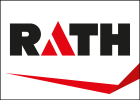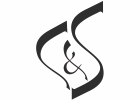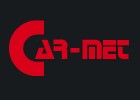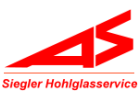In the Midwest comfort comes at a high price. During winter, icy winds and sub-zero temperatures can run up heating bills. The same can be said for the summer months, when homeowners cope with solar heat gains and 90-degree temperatures. In order to maintain comfortable homes, both heating and air-conditioning units under go excessive peak loads.
Energy efficient glass like Cardinal’s LoĒ² glass can make a year-round difference. It controls solar heat gains during the summer and winter seasons. Cardinal commissioned a two-year study in Fort Wayne, Indiana and the results confirmed our calculations. Energy efficient glass such as Cardinal LoĒ² reduces heating and cooling energy usage up to 15%.
TEST PROTOCOLS
The tests were conducted in 4 identical houses. Two were facing south and two were facing west. All houses had the following configurations:
- Wood frame windows
- 4.0 ton A/C unit in clear double-pane window houses
- 4.0 ton A/C unit in high solar gain low-e houses
- 3.0 ton A/C unit in LoĒ² houses
Following the tests, the results from the houses using LoĒ² were as follows:
- $600 A/C equipment savings
- Heating and cooling energy savings vs. both clear and high solar gain low-e
- Improved comfort over both
ENERGY SAVINGS AND COMFORT
The chart below shows the difference in the energy consumption based on the location of the houses as well as glass type. The heating and cooling costs for a west-facing house are about 12% greater than the south. A house with west exposure has less beneficial solar gain in winter and more harmful gain in the summer.
In both orientations, there were heat savings with the high solar gain low-e. However, after air-conditioning costs were added, LoĒ² provided the maximum energy savings and comfort.
THE BOTTOM LINE: MEASURED TEMPERATURES SUPPORT THE COMFORT MESSAGE.
The profiles on the chart below show a comparison of LoĒ² and clear double-pane glass on a sunny winter day.
Throughout this 24-hour period, the heating energy consumption for the two glass types was nearly equal but not the comfort level inside the house.
At night, the clear glass starts out at 12°F colder than LoĒ². In order to match the comfort of LoĒ², the thermostat in this house should have been raised by 2°F.
During the day, the high solar gain that comes through the clear glass heats the room and the glass surface. The clear glass house sees a 40°F fluctuation in room side glass temperature (cold at night and hot during the day). Discomfort concerns will prompt the homeowner to intervene, e.g. closing the blinds, opening the window to vent heat, and certainly challenges the notion that passive gains are “free heat”.


























